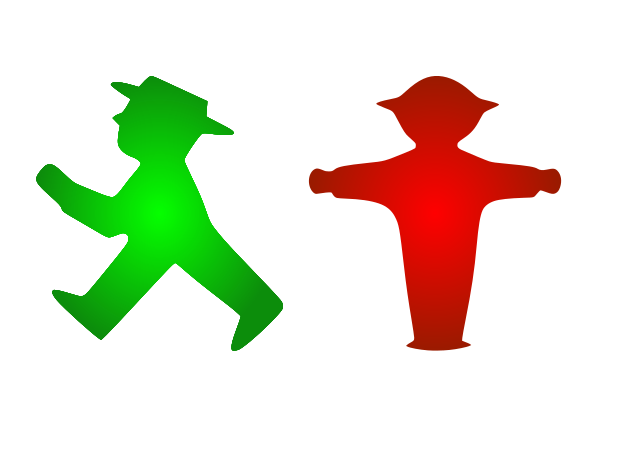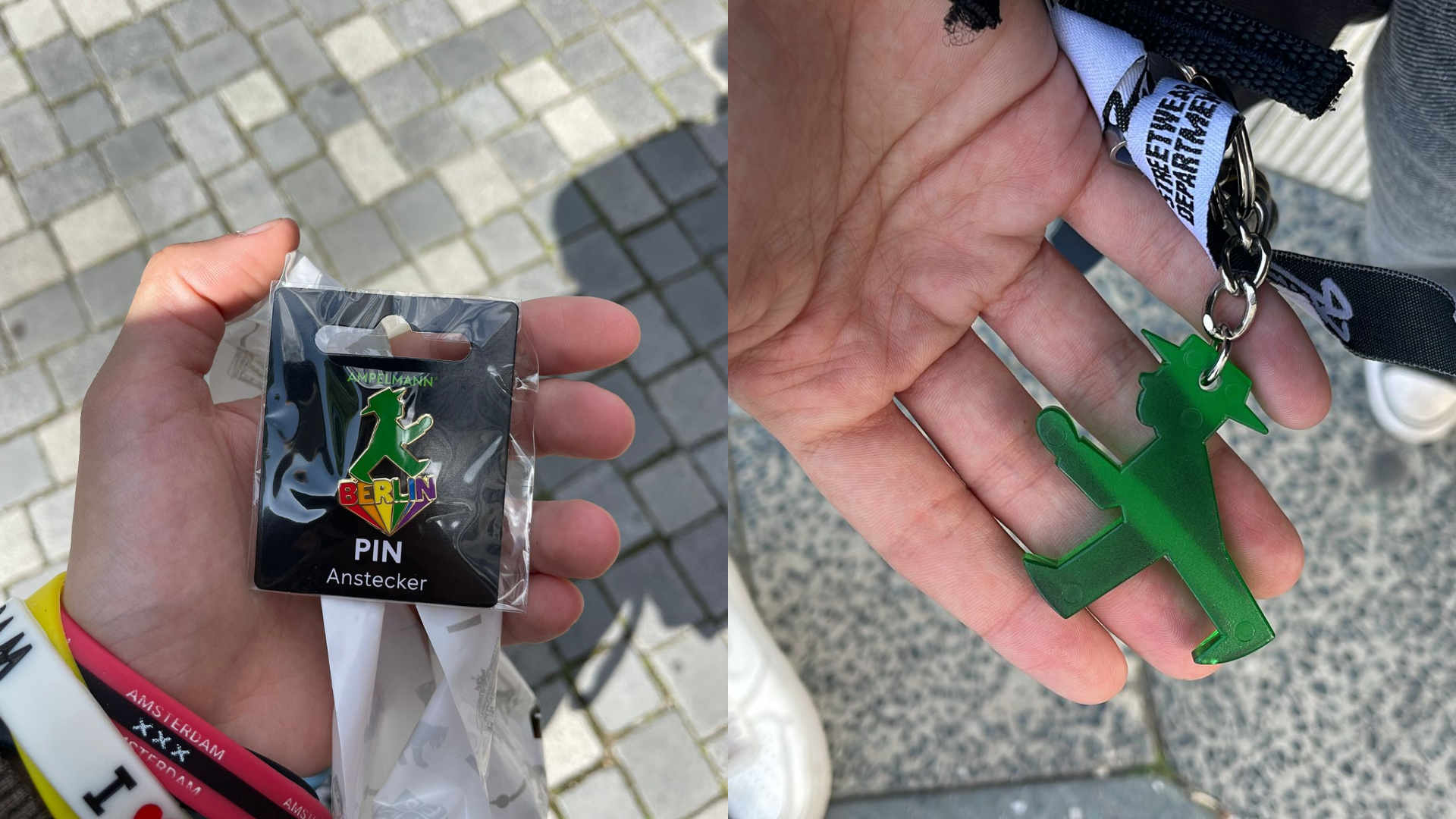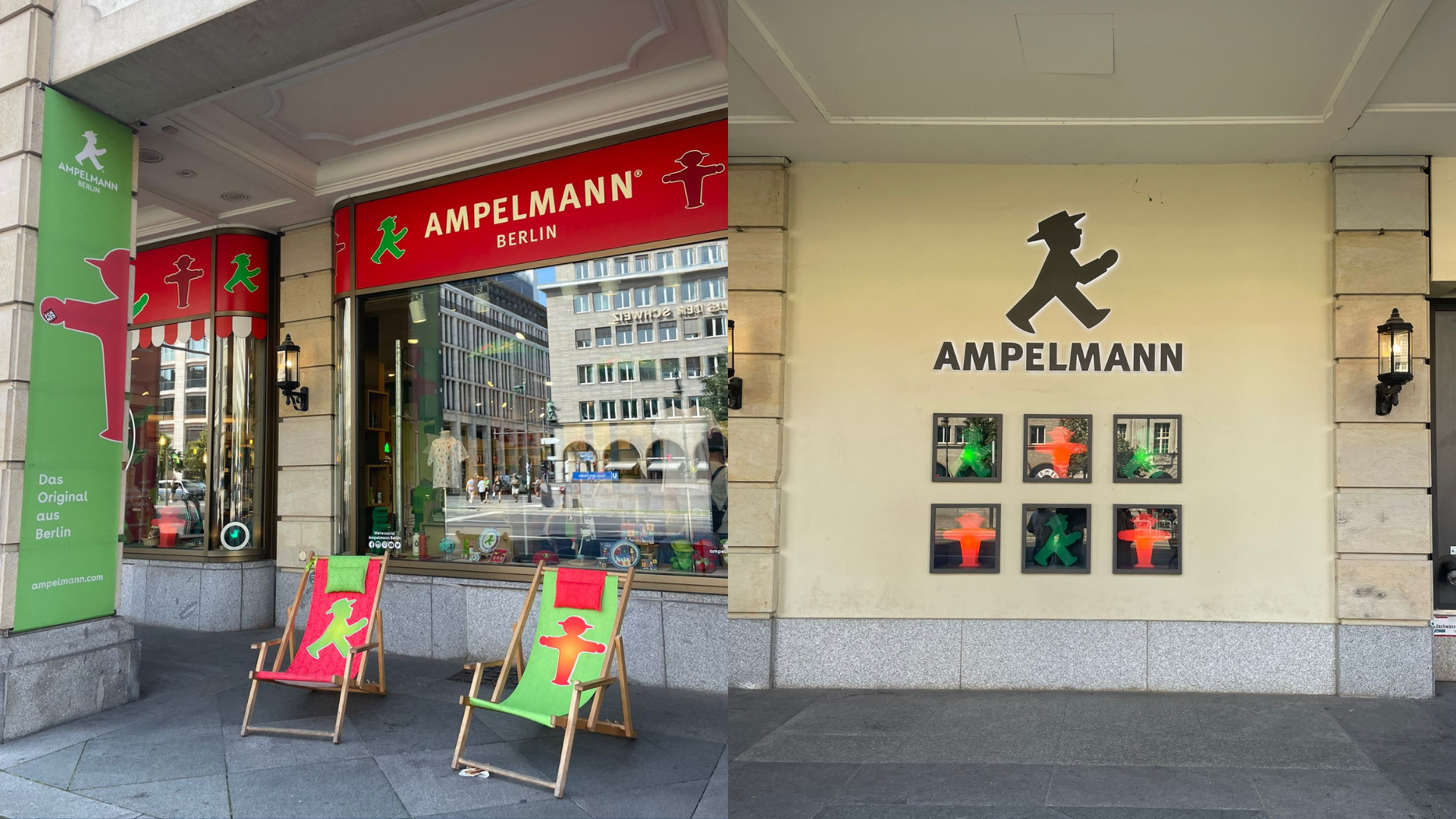In the heart of divided Berlin, in 1961, a man with a clear vision and a hint of genius created one of Germany’s most recognizable symbols: the Ampelmann. Karl Peglau, a traffic psychologist and engineer, was tasked with designing new pedestrian signals to reduce accidents in an increasingly congested and complex city. Peglau observed that traditional traffic lights were insufficiently clear, especially for children, the elderly, and the visually impaired.

Wikipedia
So, in 1961, he proposed an innovative design: two stylized anthropomorphic figures, a red one with outstretched arms to indicate “Stop” and a green one moving to indicate “Go.” These figures, wearing coats and hats, were designed to be easily recognizable and understandable by everyone.


